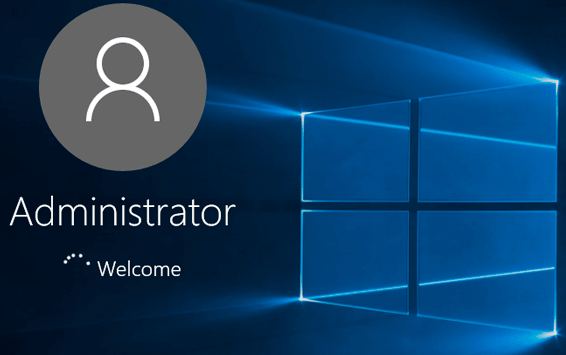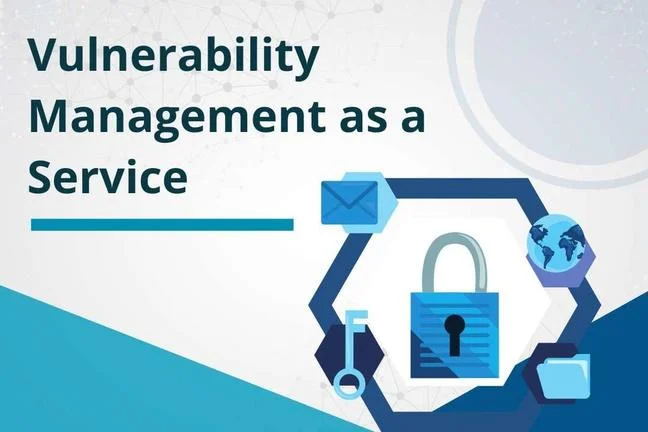Description
Introduction of QoS for Network Traffic Management
Quality of Service (QoS) is a critical networking concept designed to guarantee specific levels of performance for different types of network traffic. It helps prioritize data packets based on their type and importance, ensuring that time-sensitive traffic, like voice and video, receives the necessary resources for smooth operation. As networks grow in complexity, implementing QoS becomes vital to managing congestion, reducing delays, and maintaining an optimal user experience. This course will explore advanced QoS techniques, focusing on traffic management, resource allocation, and the efficient handling of data to meet the demands of modern networking environments.
Prerequisites
- Basic understanding of networking principles such as IP addressing, routing, and switching.
- Familiarity with network devices such as routers, switches, and firewalls.
- A general understanding of packet-switched networks and data communication protocols.
- Experience with network configuration and troubleshooting.
Table of Contents
1. Introduction to Quality of Service (QoS)
1.1 What is Quality of Service (QoS)?
1.2 The Importance of QoS in Modern Networks
1.3 Key QoS Metrics: Latency, Jitter, Bandwidth, and Packet Loss
2. QoS Architecture and Models
2.1 Best Effort vs. QoS-enabled Networks
2.2 Differentiated Services (DiffServ) Model
2.3 Integrated Services (IntServ) Model
2.4 The Role of MPLS in QoS
3. Traffic Classification and Marking
3.1 Traffic Classification: Identifying Different Types of Traffic
3.2 Marking Packets for QoS(Ref: Quality of Service (QoS) Principles and Best Practices for Network Engineers)
3.3 DSCP and 802.1p Tagging
4. Traffic Policing and Shaping
4.1 Traffic Policing: Managing Excess Traffic
4.2 Traffic Shaping: Smoothing Traffic Flows
4.3 Rate Limiting and Burst Handling
5. Congestion Management and Queueing
5.1 Queueing Mechanisms: FIFO, Priority Queueing, and WFQ
5.2 Managing Queue Depth and Buffering
5.3 Ensuring Fair Distribution of Network Resources
6. QoS for Real-time Applications: Voice and Video
6.1 Understanding the Demands of Real-time Traffic
6.2 Implementing QoS for VoIP and Video Conferencing
6.3 Prioritizing Traffic for Low Latency and High Quality
7. QoS in LAN, WAN, and VPNs
7.1 Implementing QoS in Local Area Networks (LANs)
7.2 QoS in Wide Area Networks (WANs)
7.3 Optimizing QoS for VPNs and Remote Access
8. Qos in Cloud Networking
8.1 Quality of Service in SDN and NFV Environments
8.2 Implementing QoS in Cloud Networking(Ref: Introduction to Quality of Service (QoS) in Networking)
8.3 Automation and Orchestration of QoS Policies
9. Performance Monitoring and Troubleshooting
9.1 Monitoring QoS Performance: Tools and Techniques
9.2 Common QoS Issues and Their Resolutions
9.3 Troubleshooting QoS Configurations
10. Best Practices for Implementing QoS
10.1 Designing an Effective QoS Policy
10.2 Managing QoS for Mixed Traffic Environments
10.3 Continuous Monitoring and Adjustment of QoS Settings
11. Future of QoS in Networking
11.1 Emerging Trends in QoS for 5G and Beyond
11.2 The Role of AI and Machine Learning in QoS Management
11.3 QoS in IoT and Edge Computing
12. Conclusion of QoS for Network Traffic Management
12.1 Summarizing Key QoS Concepts
12.2 Preparing for the Future of Networking with QoS
12.3 Key Takeaways for Network Traffic Management
Mastering Quality of Service (QoS) is crucial for managing the performance of modern networks, ensuring that high-priority traffic, such as voice and video, is delivered with minimal delay. By understanding and implementing the best practices for traffic classification, congestion management, and real-time prioritization, network administrators can maintain optimal network performance across diverse environments. As network demands continue to increase with technologies like 5G, cloud services, and IoT, QoS will play an increasingly vital role in ensuring reliable and efficient service delivery. This QoS for Network Traffic Management course equips you with the foundational and advanced knowledge necessary to optimize network traffic management and meet the evolving needs of modern IT infrastructures.







Reviews
There are no reviews yet.